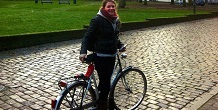
Sarah Bedolfe
Sarah learns about polar ecosystems and celebrates Sinterklaas while studying marine biology in the Netherlands.
While Melissa slogs on with her research on the lake in the bone-chilling cold, I’ve blissfully turned my attention to indoor pursuits. My degree consists of a combination of research and coursework, so while the mudflat algae I study lay dormant I am attending lectures and doing assignments with the luxury of heated interiors.
As the weather turns colder, I am focusing my attention on the chilly regions of the world academically. I just wrapped up a course on ‘Polar Ecosystems’ and began a subsequent study in ‘Sustainability of People at the Polar Regions.’ While I can’t pretend the weather here is anything like the Arctic (I have to admit it’d be a tad dramatic), I will say that late fall in Groningen puts me in an appropriately icy state of mind for these classes.
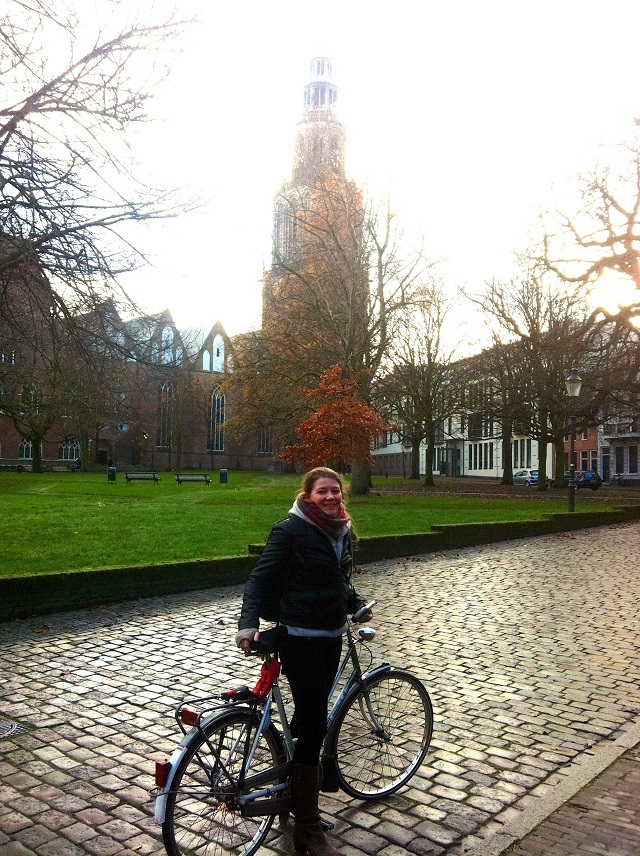
Sarah braves the icy cold as she bikes to class.
One of the things about these courses that is fun is to relate the subject matter back to what I learned while working on MacGillivray Freeman’s To the Arctic. It has been a great chance to dive even deeper into the science of how climate change is impacting the polar regions: In the Antarctic, researchers have found shifts where krill are found, and this may be tied to the disappearance of Adelie penguins. Meanwhile, in in the Arctic (as you can see in the film), melting sea ice affects the whole ecosystem – including threatening the polar bears we all love. It also creates a feedback loop in which the melting only gets worse, because snow and ice reflect heat, while open water absorbs it.
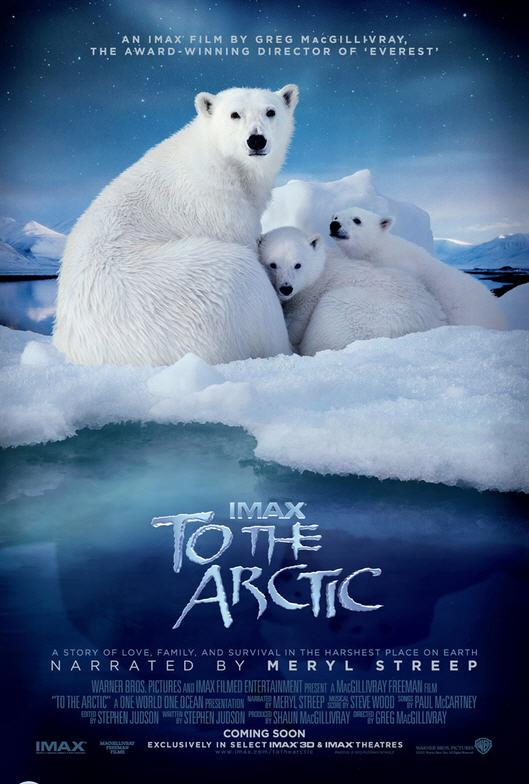
You may wonder what the lesson here is – and as I worked through my first final exam as a graduate student, I pondered the same. It will be important for all of us to do what we can to lessen our impact: not only to reduce greenhouse gas emissions, but also to help preserve the environment in other ways. That’s because ecosystems will be more resilient in the face of changes caused by the warming climate, if they’re not also battling other stresses – such as overfishing or pollution – at the same time.
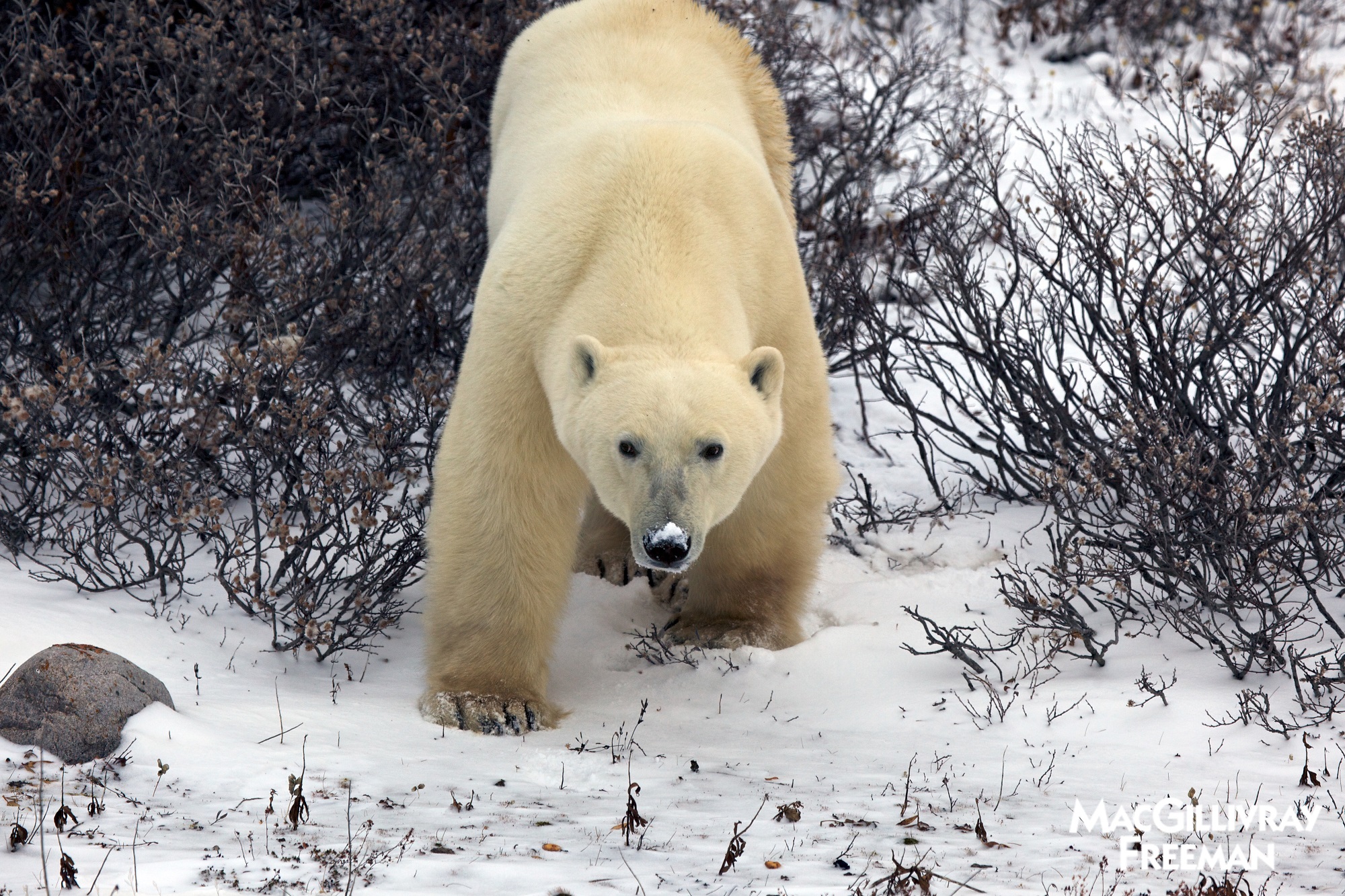
A photo from To The Arctic.
It was to my chagrin that I missed Thanksgiving (or for some this year, Thanksgivinukkah): the Dutch don’t, as it turns out, celebrate the Pilgrims’ arrival in the New World. Still, the opening of the holiday season here is not without fanfare for on December 5th, it is Sinterklaas!
As legend has it, Sinterklaas arrives in the Netherlands by boat in December, coming all the way from Spain, where he lives the rest of the year. He rides a white horse and is accompanied by his assistants, the Zwarte Pieten (or Black Petes, the subject of much controversy in recent years), who distribute gifts and candy to the children. On the eve of December 5th, children fill their shoes with hay and carrots and leave them out for Sint’s horse. In return, the good kids wake up to presents.
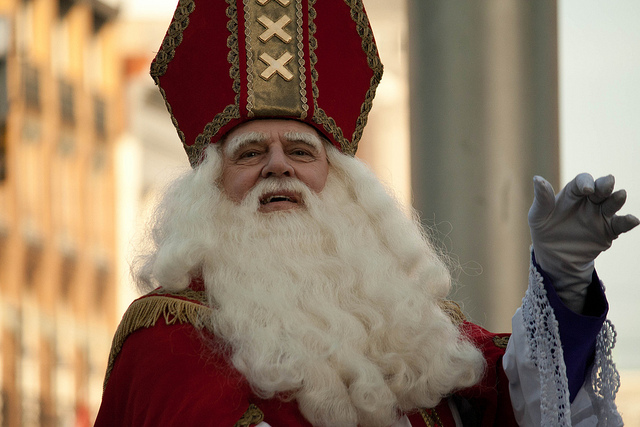
Sinterklaas. Photo by LordFerguson via Flickr, Creative Commons License
Adults, of course, don’t expect Sint and Piet to fly around the country on horseback delivering gifts at night – but they have their own ways of celebrating. This year my Dutch family celebrated ‘baby’s first Sinterklaas’ for my two-month-old nephew – and me! I learned that we all would draw a name from a hat for a Secret Santa-style gift exchange. Accompanying each present should be a poem – preferably one that cracks jokes at the recipient’s expense, and hints at the contents of the gift. With just a little help from a Dutch rhyming dictionary, I composed a rhyme for my cousin in which I poked fun at his hair care: like many Dutch males, it involves copious quantities of gel, which was also a component of his gift.
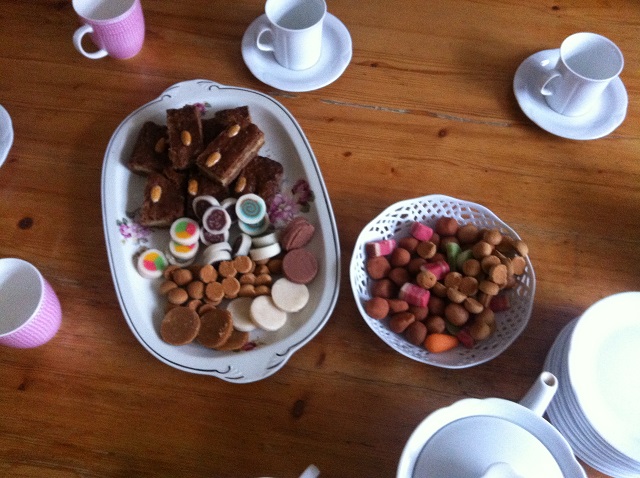
Traditional Sinterklaas treats include cinnamon-spiced kruidnoten and speculaas, and marzipan in many shapes and colors.
In many families, although not mine, it is traditional to focus less on the gift and more on crafting an elaborate arts and crafts surprise (pronounced ‘surprees’), whereas among my housemates, we will opt for an alternative type of gift exchange: dobbelen, a game that has a lot in common with a white elephant gift exchange, but involves rolling of dice.
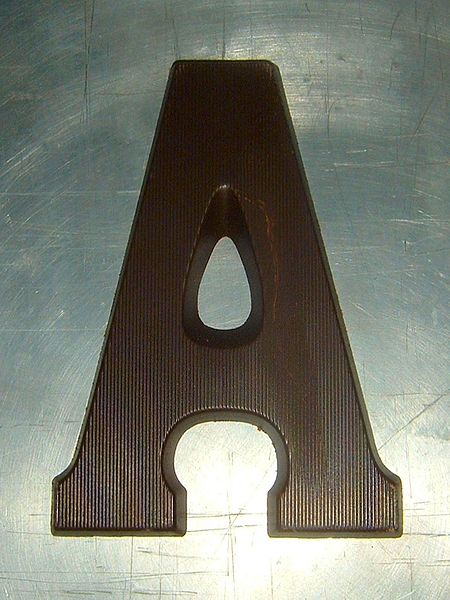
Big letter-shaped chocolates are a favorite gift exchange item.
Photo by Quistnix, via WikiMedia Commons
In short, I’m continuing to love the education I’m getting here – both academically and culturally, since I’m finally experiencing first-hand the Dutch traditions that I grew up hearing about. Nonetheless, I’m also looking forward to heading home in a few weeks for the holidays and basking in the warmth of a California Christmas.
